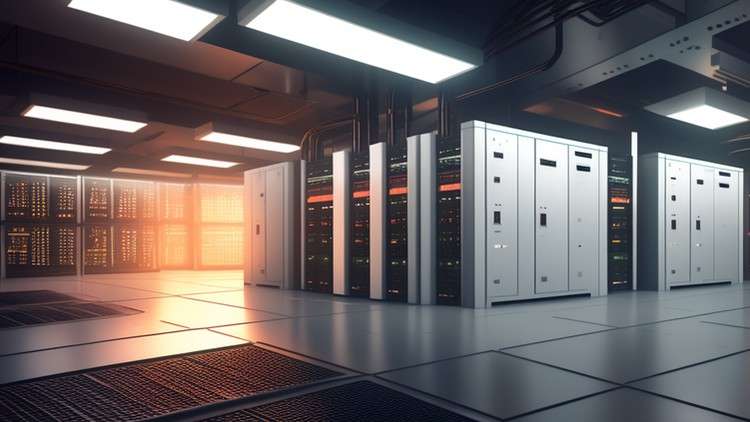
Everything you need to know to move up from 2nd line IT desktop support to 3rd line infrastructure and technical support
What you will learn
Day in the life of an infrastructure technician
An overview of hypervisors and their function
Introduction to virtual switches – how they tie into hypervisors, etc
Incident management fundamentals – managing incidents
Recovery Point Objectives (RPOs) and Recovery Time Objectives (RPOs)
Data protection fundamentals
Backup types – incremental, differential, full and synthetic full
SAN Storage Overview – basics of storage area networks
Overview of the most common RAID levels used for backup purposes – RAID0, RAID1, RAID5 and RAID6
Description
Over this course, you’ll learn everything you need to know to be able to move up from 2nd line desktop support to 3rd line infrastructure support. Note that this does assume knowledge of some basic IT fundamentals, which in most cases would have been gained whilst at 1st line technician level.
Whilst this will, of course, vary between different organisations, this is based on my own experiences of some of the key things that can go a long way to making that move, along with becoming as familiar as possible with your organisation’s processes, I wish you all the best of success in your career.
* Brief introduction to the course and the contents
* Day in the life of an infrastructure technician
* An overview of hypervisors and their function
* Introduction to virtual switches – how they tie into hypervisors, etc
* Incident management fundamentals – managing incidents
* Recovery Point Objectives (RPOs) and Recovery Time Objectives (RPOs)
* Escalation processes – when to escalate an issue to a higher level of the support process
* Threat monitoring – identifying threats
* REPADMIN and DCDIAG utility overview
* SYSVOL folder basics – replication overview
* Data protection fundamentals
* Backup types – incremental, differential, full and synthetic full
* SAN Storage Overview – basics of storage area networks
* Overview of the most common RAID levels used for backup purposes – RAID0, RAID1, RAID5 and RAID6
Content